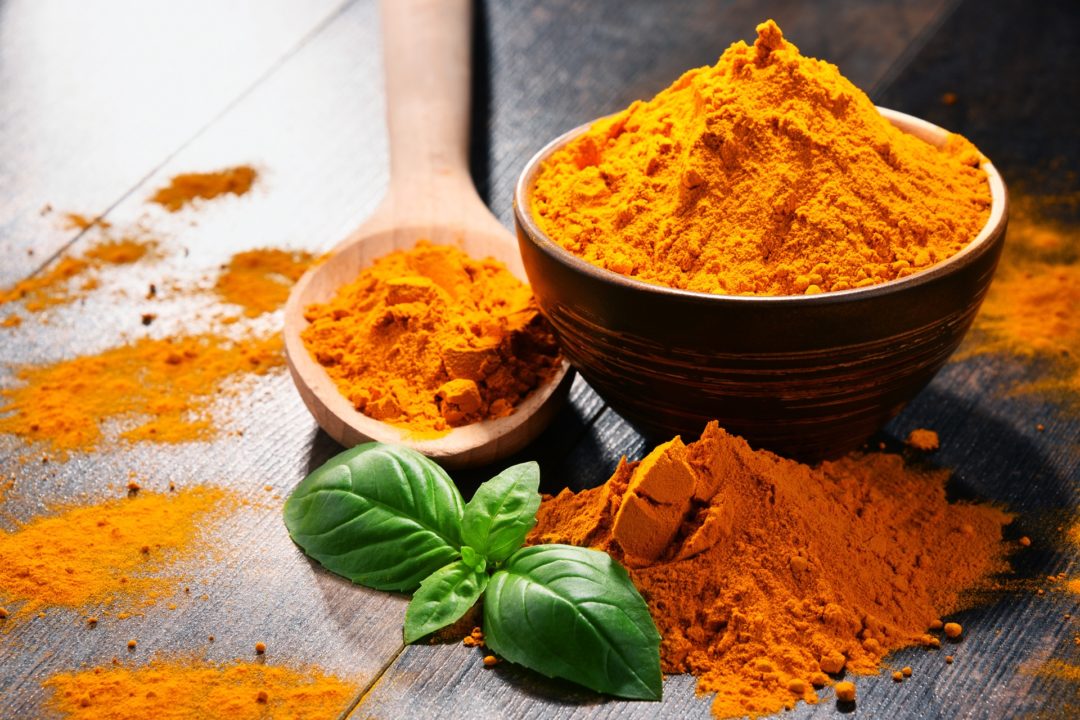Ayurveda has two main guiding principles. The first states that the mind and body are inextricably connected. The second says that nothing has more power to heal and transform the body than the mind. According to traditional Ayurvedic belief, avoidance of disease comes from expanding personal awareness, bringing it into balance, and then extending that balance to the body (2). Ayurveda offers the guidelines on ideal daily and seasonal routines, diet, behavior, and the proper use of senses to help people stay vital while recognizing their full human potential (3).
According to Ayurvedic belief, to sustain a healthy body and mind, nourishing food must be consumed. There are six “tastes” in Ayurveda: sweet, salty, sour, pungent, bitter, and astringent. To maintain a healthy diet, all six of these tastes should come from a variety of fresh foods eaten at each meal. Colorful foods that are deep blue, purple, red, green and orange are believed to boost immunity and enhance health.
Ayurveda teaches that a healthy body is contingent upon its ability to process nutritional, emotional, and sensory information. Agni (fire) is the digestive energy. When agni is vigorous, the body produces a subtle essence called ojas — the source of human vitality. Ojas is considered the source for clarity of perception, physical strength, and immunity. If agni is weak, however, digestion is incomplete and toxic residue known as ama builds up. This is the origin of disease, as it obstructs the flow of energy, information, and nourishment.
Ayurvedic HerbsAyurvedic herbs are used to maintain overall health, enhance immunity, improve digestion, support mental clarity, support the innate healing process, defend the body from toxins and encourage detoxification. Here are a few:
Ashwagandharoots have been used to promote intellect and cognitive development, increase strength and recovery, rejuvenate the body, and promote sleep. They promote energy and stamina without stimulating the heart.
Turmericis often added to many recipes, but it’s more than just a delicious spice. It is known for its anti-inflammatory effects without the gastric complications seen with other anti-inflammatory agents like asprin. Furthermore, routine turmeric consumption can significantly increase levels of vitamin E plasma within 90 days.
Holy Basilis also known as Tulsi and is considered sacred throughout India. It has anti-inflammatory, antipyretic, and analgesic actions. The various fixed oil compounds in the plant exhibit antimicrobial and antifungal activity and it has been used against Escherichia coli and Candida albicans. It was used traditionally to clear “excess dampness in the lungs.”
Triphalais a combination of three plants: Amalaki, Bibhitaki and Haritaki. It provides detoxification and digestive correction by promoting peristalsis and providing organ specific anti-inflammatory action in the lower GI tract. It is used to alleviate bloating, slow digestion, food sensitivities, post-meal fatigue, and constipation (4).
Traditional Chinese MedicineOriginating in China, Traditional Chinese Medicine (TCM) uses mind and body practices and herbal medicines to treat and prevent health issues. It is a complement to modern medicine. TCM teaches those who practice it how to live a life of balance, wellness, and harmony.
TCM has four main principles, similar to Ayurveda: 1. The body is an integrated whole. 2. You are connected to nature. 3. You were born with a natural self-healing ability. 4. Prevention is the best cure (5).
TCM espouses that food has qualities beyond physical characteristics such as calories and protein. Food has a special “healing essence” that works in the body at the energy level. TCM practitioners will often prescribe foods with energy directed towards a specific organ. TCM practitioners follow an eating-for-healing approach and believe food is the true medicine. TCM urges people to select foods that are in season to support the organ system. Each season has a specific taste that should be followed. Summer has a bitter taste, winter has a salty taste, spring has a sour taste, and fall has a spicy taste. Foods at the peak of the season, help nourish and energize the body the most at that specific time (5).
Traditional Chinese HerbsHerbal Therapy is a prominent healing tool in TCM. It uses thousands of herbs to act on the body, mind, and spirit in various ways. TCM combines herbs to make substances that are more powerful than the sum of each individual herb (5).
Astragalus (huangqi)is one of the most commonly used herb materials in China today. The long tap roots of astragalus are used to normalize immune response, enhance digestive function, and treat skin disorders such as burns. It also promotes the function of some other herbs like tang-kuei and salvia. It can be used alone as a liquid extract or combined with other herbs as tea, pills, or tablets.
Tang-kuei (danggui)is considered a blood-nourishing agent and is used highly by women to regulate uterine blood flow and contraction. When employed in complex formulas, it is used by both men and women to nourish blood, moisten intestines, calm tension, and relieve pain. Ginseng (renshen) is believed to prevent disease, preserve life, calm the spirit, nourish the viscera, and help one gain wisdom. It has been used to normalize blood pressure, regulate blood sugar, and increase oxygen utilization. Traditionally, it is taken in tea form alone or combined with other herbs.
While Ayurveda and TCM have been used for centuries as forms of medicine, there aren’t many modern day, well-controlled clinical trials to prove this approach is beneficial. It is important to consult with a doctor before beginning a dietary supplement regimen.WF
References
- “Ayurvedic Medicine: In Depth,” https://nccih.nih.gov/health/ayurveda/introduction.htm Accessed April 20, 2018.
- “What is Ayurveda?” https://chopra.com/articles/what-is-ayurveda Accessed April 20, 2018.
- “What is Ayurveda?” https://www.ayurvedichealing.net/ayurveda/ Accessed April 20, 2018.
- “Six Ayurvedic Herbs Every Doctor Should Know” https://www.holisticprimarycare.net/topics/topics-o-z/traditions/1137-six-ayurvedic-herbs-every-doctor-should-know.html Accessed April 27, 2018.
- “TCM Healing Modalities” https://www.tcmworld.org/what-is-tcm/healing-modalities/ Accessed May 14, 2018.
- “An Introduction to Chinese Herbs” http://www.itmonline.org/arts/herbintro.htm Accessed May 14, 2018.











